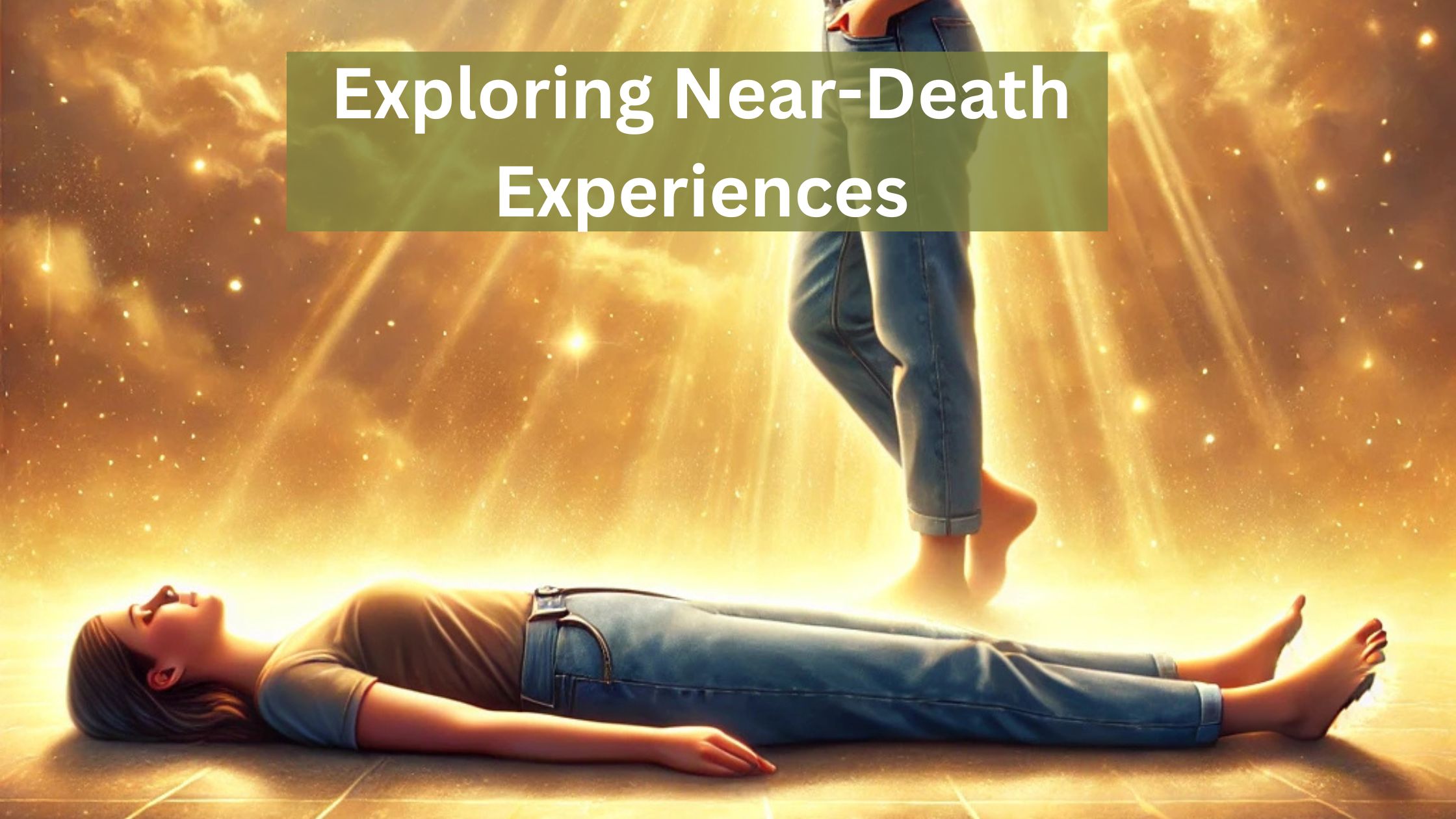Near-death experiences (NDEs) have long fascinated people around the world, raising profound questions about life, consciousness, and what, if anything, lies beyond death. Stories of people who claim to have glimpsed another realm—often describing light-filled tunnels, feelings of peace, or even encounters with deceased loved ones—are not uncommon. But are these experiences mere illusions created by a dying brain, or do they offer glimpses of an afterlife? In this blog post, we’ll delve into the phenomenon of NDEs, explore scientific studies surrounding them, and consider the evidence that supports or challenges their authenticity.
What is a Near-Death Experience?
A near-death experience is a profound psychological event often occurring when a person is on the brink of death or in a state of clinical death, such as during cardiac arrest. These experiences typically involve a variety of sensory and emotional elements, such as:
- A sense of detachment from the body (out-of-body experiences)
- Moving through a tunnel or into a realm of light
- Feelings of overwhelming peace or bliss
- Encounters with deceased relatives or spiritual beings
- A sense of “life review,” where significant memories flash before the person’s eyes
These reports, spanning across cultures and centuries, have led to intense curiosity and debate among scientists, philosophers, and spiritual leaders alike.
The Science Behind NDEs: What Do We Know?
For decades, scientists have studied NDEs to determine if they are merely the result of brain activity or if they point to something beyond our physical existence. Some of the key research findings and theories include:
The Brain and Consciousness Theory
Many researchers suggest that NDEs are the brain’s response to extreme stress or trauma. When oxygen levels drop or the body goes into shock, the brain releases a flood of chemicals like endorphins, which could produce vivid hallucinations or a sense of euphoria. Studies have shown that these neurochemical reactions can stimulate areas of the brain responsible for memory, emotion, and visual processing, potentially explaining the sensations reported in NDEs.
For example, the tunnel vision often described during an NDE could be due to a lack of blood flow to the eyes, creating a narrowing of vision that some interpret as moving through a tunnel of light. Similarly, the feeling of detachment from the body (out-of-body experience) may be linked to the brain’s temporoparietal junction, which, when disturbed, can create the sensation of leaving one’s physical form.
Psychological and Cultural Influences
Interestingly, cultural background and personal beliefs seem to influence the content of NDEs. For instance, people in Western societies often report tunnels and bright lights, while those from other cultures might describe encounters with religious figures or ancestors. This variation suggests that NDEs may be shaped, at least in part, by cultural expectations and psychological conditioning.
Evidence Supporting NDEs: Is There More to the Story?
Despite these scientific explanations, several intriguing studies challenge the idea that NDEs are solely brain-based events. Here are some of the most compelling cases:
Veridical Perception
One of the strongest pieces of evidence supporting the reality of NDEs is veridical perception, where individuals report seeing or hearing things during an NDE that they should not have been able to perceive. For example, there are cases where patients in cardiac arrest describe details of their surroundings, medical procedures, or conversations that took place while they were clinically dead. These observations were later verified by medical staff, raising questions about how the brain could generate such accurate perceptions when its normal functions had ceased.
A famous example is the case of Pam Reynolds, a woman who underwent a rare brain surgery in 1991. During the procedure, her brain activity was monitored and reduced to a flatline state, yet she reported vivid details about the surgical instruments and conversations in the operating room—details that were later confirmed by medical staff. Such cases challenge the notion that NDEs are purely hallucinations, as they suggest some form of awareness persists even when brain function is severely compromised.
Cross-Cultural Consistency
While cultural differences do influence NDEs, some elements are strikingly consistent across time and cultures, such as the feeling of peace, the presence of a bright light, and the sensation of leaving the body. These commonalities suggest that NDEs may not be entirely random hallucinations but could point to a shared human experience that transcends individual backgrounds and beliefs.
Studies of Consciousness Beyond the Brain
Researchers like Dr. Sam Parnia and Dr. Bruce Greyson have investigated whether consciousness can exist independently of the brain. Dr. Parnia’s AWARE (AWAreness during REsuscitation) study involved patients who survived cardiac arrest. His team placed visual targets in resuscitation rooms to test whether people reporting NDEs could accurately describe these hidden objects.
Dr. Greyson, meanwhile, has developed a scale to measure NDEs and their after effects, noting that people who experience them often undergo profound life changes, becoming less materialistic and more spiritual. This shift in perspective, which is not typical of hallucinations or dreams, suggests that NDEs could be transformative events that impact individuals on a deep, lasting level.
The Bottom Line: A Mystery That Persists
Near-death experiences remain one of the most fascinating mysteries of human existence. While scientific theories offer plausible explanations, they don’t fully account for all NDE phenomena, particularly cases of veridical perception and the profound, life-changing effects these experiences have on individuals.
Regardless of one’s beliefs, NDEs and the study of this area can help shed some light on what happens to us when we cross over and this can help to provide peace to us directly and our loved ones.
If you think a psychic reading or past lives reading would helpful for you you can order it HERE:

